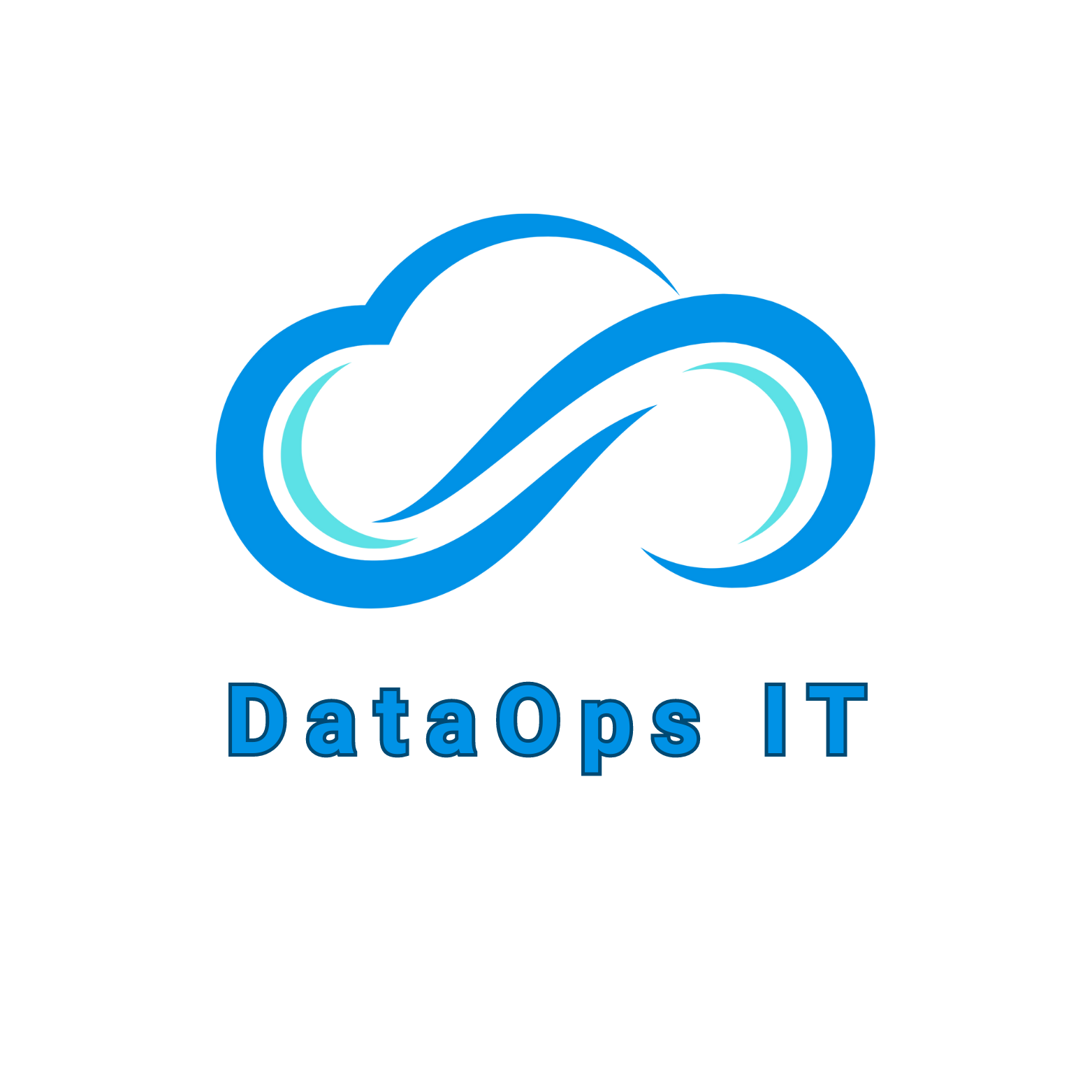CI/CD Pipeline Explained | DataOpsIT

Putting code into action isn't as exciting as writing it, let's be honest. But if you ask any engineer what makes the best tech teams different from the rest, they will all say the same three letters: CI/CD.
You are in the right place if you want to know what that means. We're going to show you how the CI/CD Pipeline works, why it's important, and why teams that know how to use it move faster, break less, and sleep better at night.
First, What Even Is a CI/CD Pipeline?
Let's say you're making a product. There are many developers working on it, adding features, fixing bugs, and checking all the time. Imagine having to check and publish each and every change they make by hand.
Nightmare, right?
Enter CI/CD, which stands for:
- CI – Continuous Integration
- CD – Continuous Delivery or Continuous Deployment (yes, there’s a difference—we’ll get to that)
A CI/CD system is like a fast-moving automated belt for your code. This pipeline takes over every time a coder makes a change. It checks the code, builds it, looks it over, and sends it to staging or production instantly if everything goes well.
No manual launches late at night. Don't use "it worked on my machine" as an excuse. Just fast software release that can be done again and again.
![]()
Continuous Integration: Merging Without Mayhem
Let’s break this down.
Continuous Integration (CI) is all about merging code safely and often.
People used to work on code alone for weeks at a time, and when they joined their changes with someone else's, they would not work together. It was a mess. Problems. Bugs. Not meeting goals.
CI gets rid of this problem by pushing workers to merge code often, often several times a day. A CI server, such as Jenkins, GitHub Actions, or CircleCI, gets busy every time they push code to the source.
What does it do?
- It runs automated tests to make sure the code doesn't break anything.
- It builds the app to check that everything compiles.
- It often even checks coding standards or flags bad practices.
If something breaks, the team knows immediately. And they fix it fast.
CI is like having a robot intern that triple-checks every move, 24/7.
Continuous Delivery vs Continuous Deployment: Twins with a Twist
Now, the “CD” in CI/CD stands for two things. And no, it’s not a typo. You get to choose your adventure:
- Continuous Delivery
This means that your workflow makes sure that your code is ready to be used. Even after everything has been tested, packaged, and accepted, someone still has to press the "deploy" button.
It works great for groups that want to automate things but also want to check them over and sign off on them before they go live.
- Continuous Deployment
This is what's in bold. As soon as all of your tests pass, your code goes straight into production. Not a button. Without a doubt. Speed alone.
When testing is perfect and trust in the system is through the roof, this works the best.
Both use machines to do their work, but the main difference is who presses the final button: you or the machine?
![]()
So What Happens Inside a CI/CD Pipeline?
Let’s walk through a typical CI/CD pipeline. Here’s what the magic conveyor belt might look like behind the scenes:
- Code Commit
A developer pushes code to a shared repository (like GitHub or GitLab). - Trigger & Build
This triggers the CI server. It pulls the latest code and tries to build it. - Automated Tests
Unit tests, integration tests, security scans—you name it. The goal: make sure nothing breaks. - Code Quality Checks
Tools like SonarQube analyze the code for smells, bugs, and standards. - Packaging/Artifacts
If everything passes, the app is packaged into a deployable format (like a Docker image or WAR file). - Staging Deployment
The app is deployed to a staging environment for further testing. - Approval Step (Optional)
For Continuous Delivery, someone might review changes and manually approve them. - Production Deployment
The final step. For Continuous Deployment, this happens automatically. For Continuous Delivery, it's manual.
Every step is monitored, logged, and (ideally) fast. If something breaks at any step, the pipeline stops—and notifies the team.
Tools That Power CI/CD
There’s no one-size-fits-all setup, but here are some popular tools you’ll often see in the wild:
- CI Servers: Jenkins, GitHub Actions, GitLab CI, CircleCI, Travis CI
- Containerization: Docker, Podman
- Orchestration: Kubernetes, AWS ECS
- Testing: JUnit, Selenium, Cypress, Postman
- Monitoring: Prometheus, Grafana, ELK Stack
Most modern DevOps teams cobble together a stack that fits their product, speed, and scale.
Why CI/CD Is a Game-Changer (Even for Startups)?
You might be thinking, “Okay, cool—but do I need this if I’m just a small startup?”
Short answer: Yes. And especially yes.
Here’s why:
- Faster Releases: You can ship code multiple times a day without chaos.
- Fewer Bugs in Production: Automated testing catches issues before your users do.
- Developer Confidence: Devs don’t dread merging code or deploying.
- Less Ops Overhead: Your team spends more time building, less time babysitting deployments.
- Happy Users: Frequent, reliable updates make your product better—faster.
CI/CD is like giving your team superpowers without burning them out.
Common Pitfalls to Avoid
Just because it's automated doesn't mean it's bulletproof. Some rookie mistakes:
- Skipping Tests: Automation without testing is just a fast way to ship bugs.
- Overcomplicating the Pipeline: Keep it simple. Start small, then evolve.
- Ignoring Alerts: If something breaks and no one responds, what's the point?
- Not Involving the Team: Devs, testers, ops—everyone should know how the pipeline works.
Final Thoughts: Build the Conveyor, Then Innovate
Here’s the real kicker: teams that nail CI/CD don’t just release faster—they innovate faster.
Because they’re not worried about deployment. They’re not arguing about merge conflicts. They’re not wasting time on manual checks. They’re building.
If you're launching a product, scaling a team, or just tired of stressful releases, investing in a strong CI/CD pipeline might be the highest-leverage thing you can do this year.

